Growing a pineapple plant at home is not only fun and rewarding but also an excellent way to gain insight into tropical gardening. However, one of the most common questions new growers ask is: “How long does it take to grow a pineapple?” The answer depends on several factors, including the propagation method, climate conditions, and care routine. In this detailed guide, we’ll explore the complete pineapple growing timeline, from planting to harvest, and offer tips to help you grow a healthy, fruitful plant.
Overview: Pineapple Growth Timeline
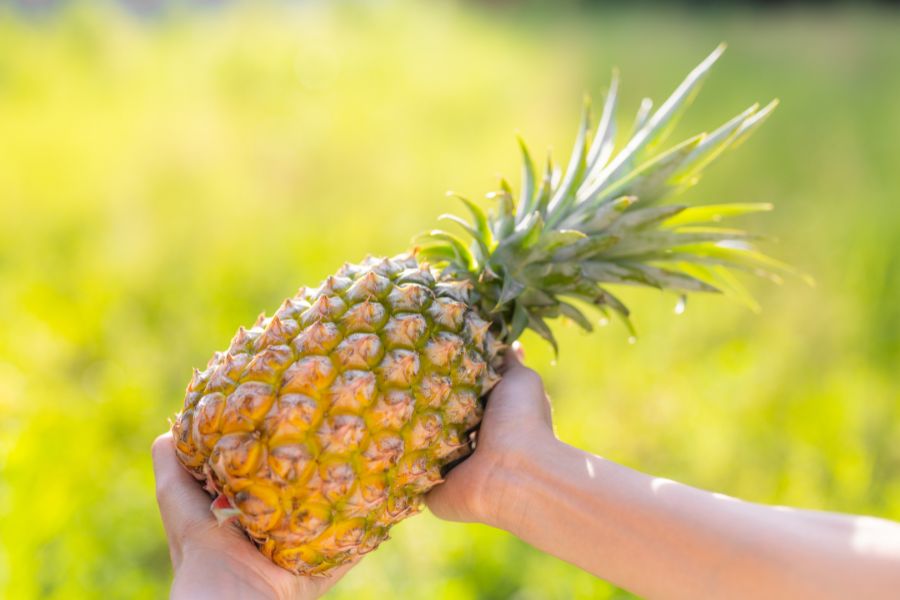
On average, it takes 16 to 24 months for a pineapple plant to produce fruit after being planted. In some cases, this can extend to 30 months depending on growing conditions. Here’s a basic breakdown of the timeline:
- Rooting Stage: 1 to 3 months
- Vegetative Growth Phase: 6 to 12 months
- Flowering Stage: 1 to 2 months
- Fruit Maturation Stage: 5 to 6 months
Each of these stages plays a vital role in the development of a healthy pineapple. Let’s look into them more closely.
Stage 1: Propagation and Rooting (1 to 3 Months)
Most people grow pineapples from the leafy top of a mature fruit, also known as the crown. You can also propagate from slips or suckers, which usually produce fruit faster than crowns.
Steps:
- Twist off the leafy crown.
- Remove the bottom leaves to expose the stem.
- Let it dry for 1–2 days.
- Plant in well-draining soil or place in water for rooting.
What Happens:
- Roots begin to form within 2–6 weeks.
- The plant focuses on establishing itself in the soil.
Pro Tip: Use a rooting hormone to speed up the rooting process.
Stage 2: Vegetative Growth Phase (6 to 12 Months)
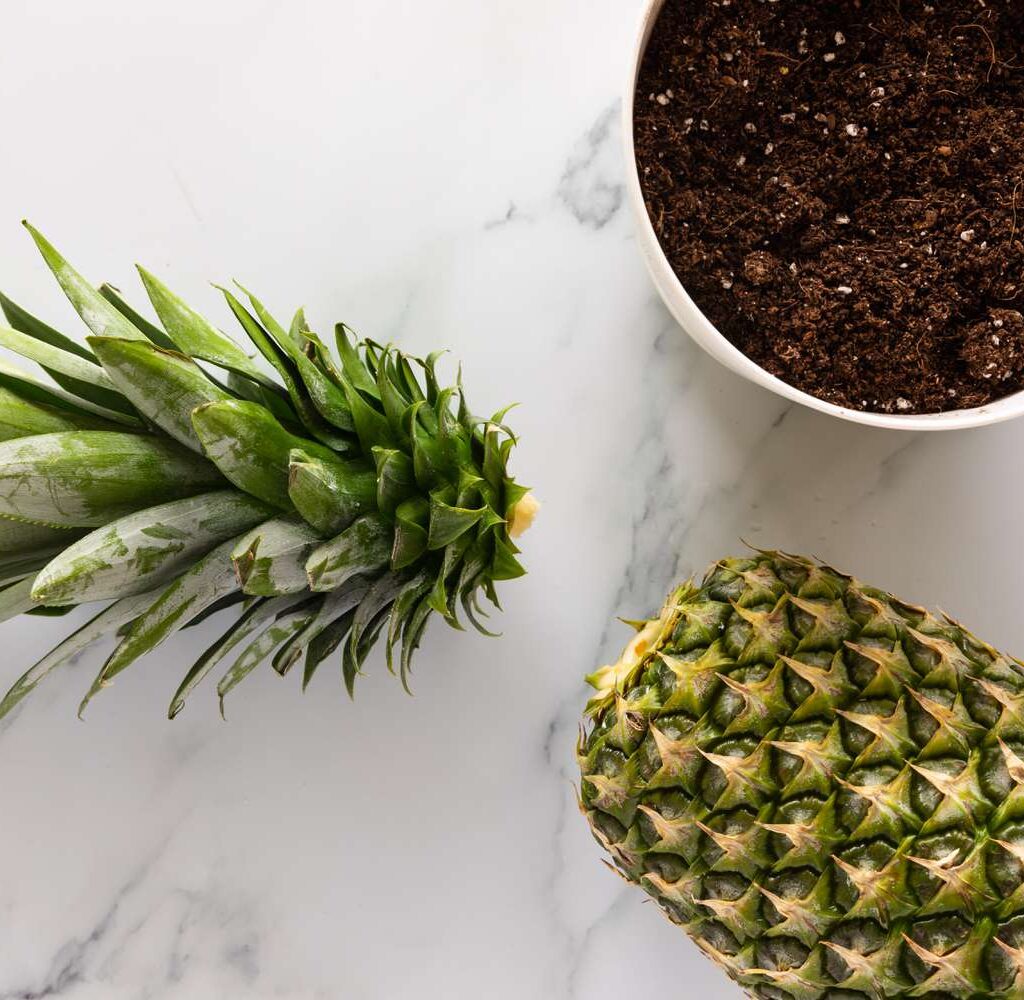
After the plant has rooted, it enters the vegetative stage where it begins to grow leaves and develop a strong base.
Key Activities:
- The pineapple crown grows more leaves and thickens.
- The plant requires warm temperatures (22–30°C / 72–86°F), consistent watering, and 6–8 hours of sunlight.
Growth Indicators:
- Rapid leaf production indicates the plant is absorbing nutrients efficiently.
- In healthy conditions, the plant can grow up to 3–5 feet tall and wide.
Important: Make sure the plant is not exposed to frost or prolonged cold, as it can significantly delay growth.
Stage 3: Flowering (1 to 2 Months)
Once the plant has grown sufficiently, it will enter the flowering stage, signaling the beginning of fruit production.
What Triggers Flowering?
- Natural maturity (typically 12–18 months from planting)
- Cold stress or ethylene gas can be used to induce flowering
Appearance:
- A red or pink flower spike emerges from the center of the plant.
- The flower contains multiple individual blooms which eventually develop into the fruit.
Note: Once flowering begins, the countdown to fruit harvest officially starts.
Stage 4: Fruit Development and Ripening (5 to 6 Months)
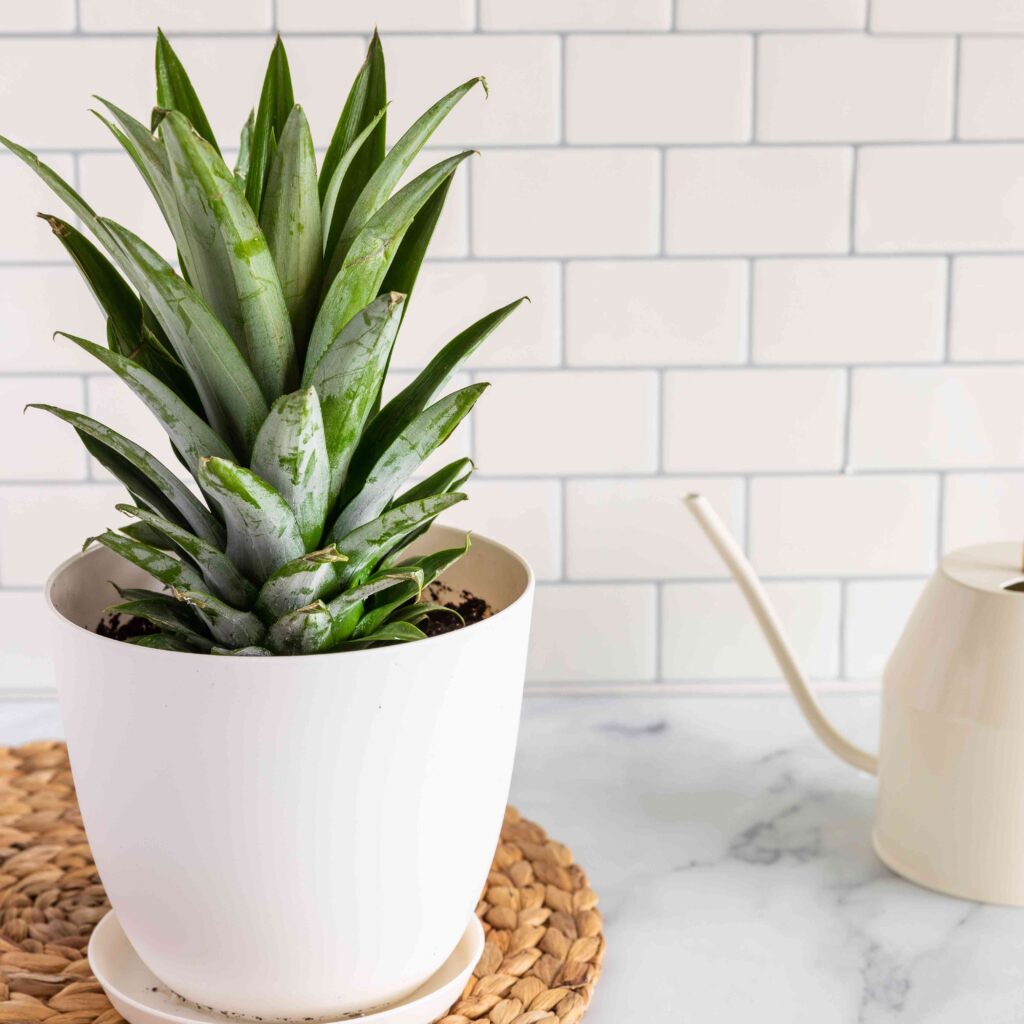
After flowering, the fruit begins to form and mature. This is the final stage in the pineapple’s life cycle.
Key Events:
- The flowers fuse into a single fruit.
- The pineapple gradually increases in size, shape, and sweetness.
- The outer skin changes color (green to golden-yellow).
Harvest Signs:
- Fruit size: 5–12 inches tall and 3–6 inches wide
- Color: Bright yellow with sweet aroma
- Sound: Hollow “thump” when tapped
Tip: Pineapples don’t ripen after harvest. Wait until they’re fully ripe before picking.
Factors That Influence Pineapple Growth Time
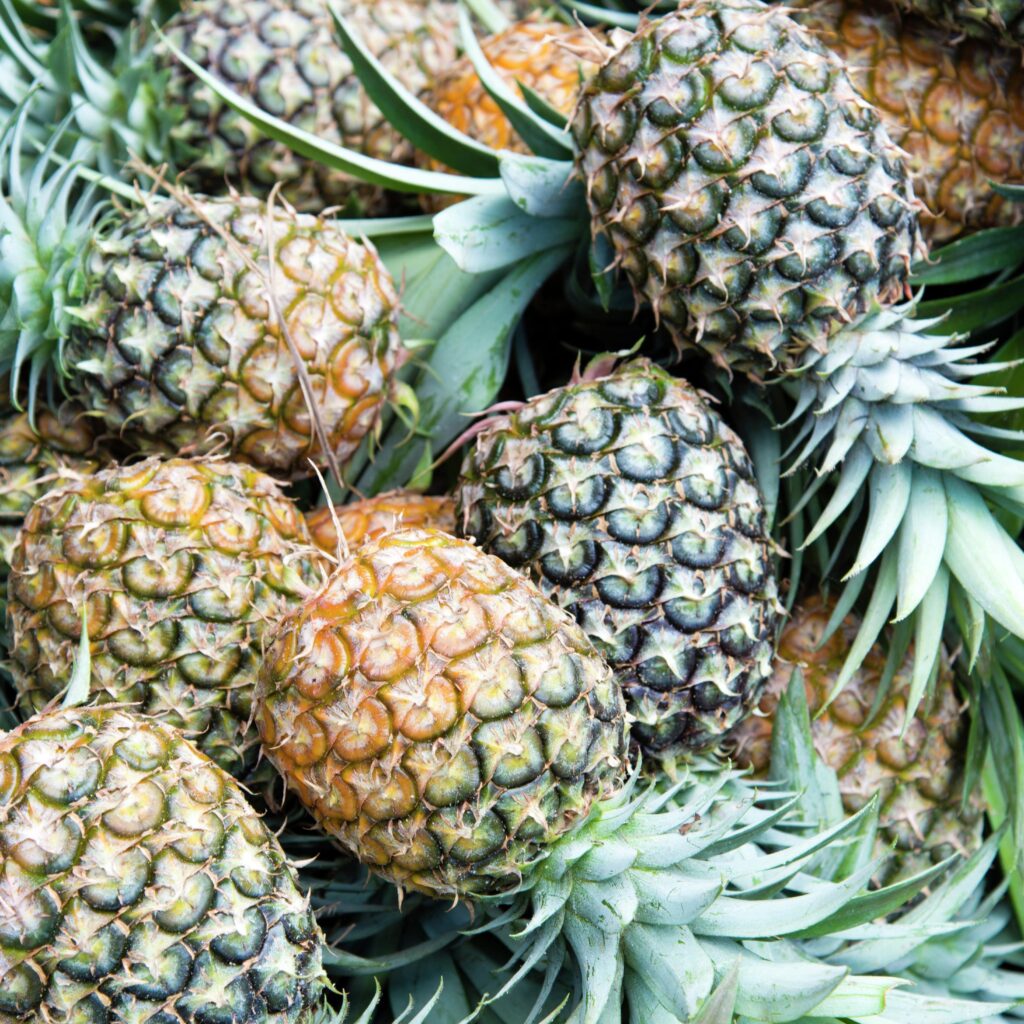
Even though 16–24 months is the average timeline, several factors can either accelerate or delay this process:
1. Propagation Method
- Slips & suckers (side shoots): Fruiting in 12–18 months
- Crown tops: Fruiting in 18–24 months
2. Climate & Temperature
- Optimal temperatures: 68°F to 86°F (20–30°C)
- In colder climates, growth is slower or halted in winter.
3. Sunlight
- Pineapples need full sun to thrive.
- Less sunlight = slower growth and poor fruiting.
4. Water & Drainage
- Overwatering can rot the plant.
- Well-draining soil ensures roots stay healthy.
5. Nutrient Availability
- Regular feeding with a balanced fertilizer helps speed up growth.
- Deficiencies can delay flowering and fruiting.
Tips to Speed Up Pineapple Growth
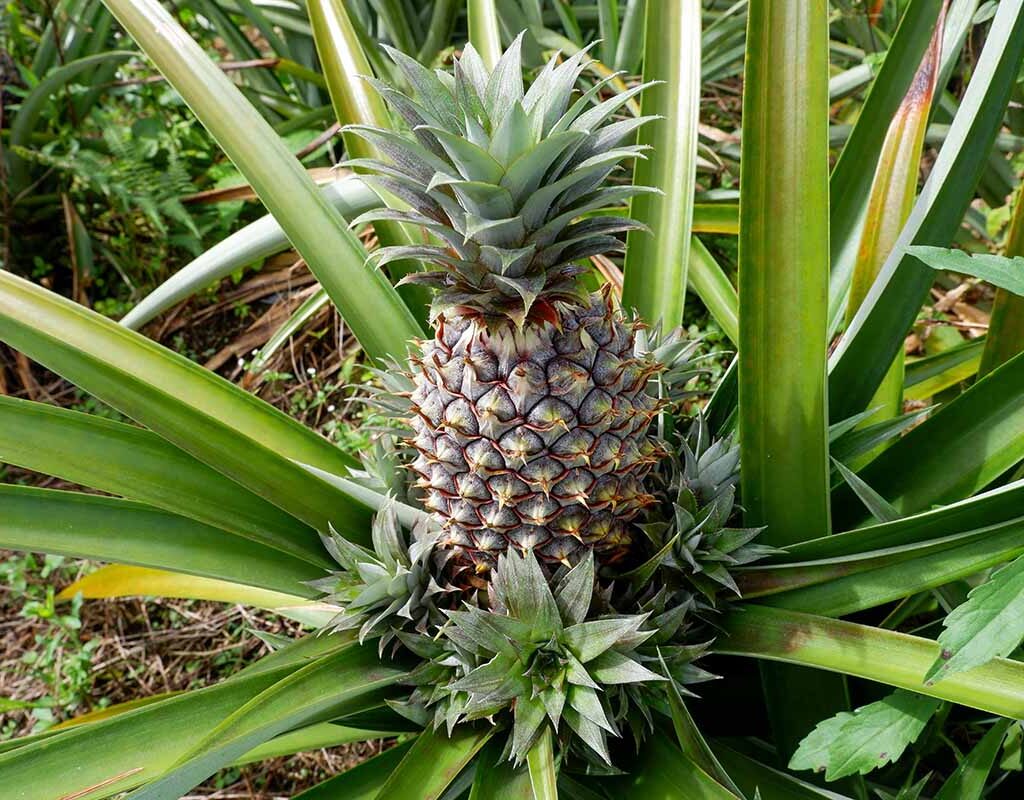
- Use a slip or sucker instead of a crown.
- Apply a balanced fertilizer (such as 10-10-10 NPK) every 4–6 weeks.
- Keep the plant warm, especially in colder seasons.
- Provide full sun for at least 6 hours daily.
- Induce flowering with ethylene gas or a ripe apple in a bag.
Flowering Hack: Place a ripe apple in a plastic bag with the pineapple plant for a week. The ethylene gas released can trigger flowering.
When to Give Up and Replant
If your plant hasn’t fruited after 30 months:
- Reevaluate soil, sunlight, and temperature conditions.
- Consider starting over with a healthy slip or sucker.
- It might be more efficient to replant and try again.
What Happens After Fruiting?
After producing fruit, the mother pineapple plant begins to decline. However, it may produce:
- Suckers: New shoots from the base.
- Ratoons: Shoots from roots.
- Slips: Shoots from the fruit stalk.
You can replant these to begin the cycle again—only this time, you may harvest in as little as 12–18 months.
Final Thoughts
Growing a pineapple at home is a slow but satisfying journey. While it can take up to two years or more, the reward of harvesting your own sweet, tropical fruit is well worth the wait. With the right care, climate, and patience, you’ll soon be enjoying homegrown pineapples from your backyard or balcony.
Whether you’re a beginner or a seasoned gardener, understanding the pineapple growth timeline helps set realistic expectations and increases your chances of success.





Leave A Comment